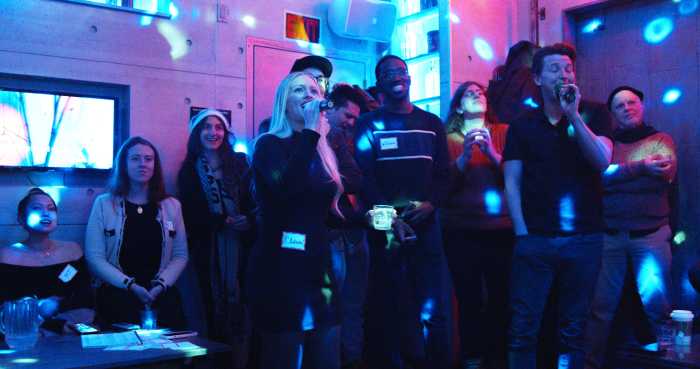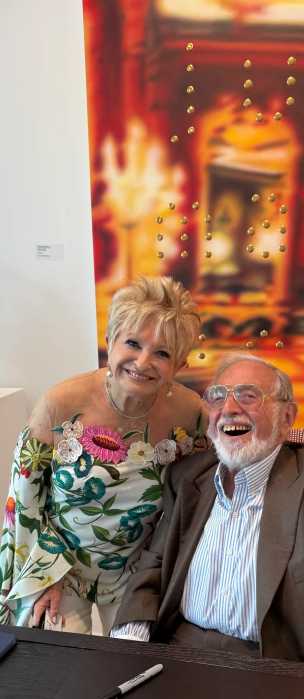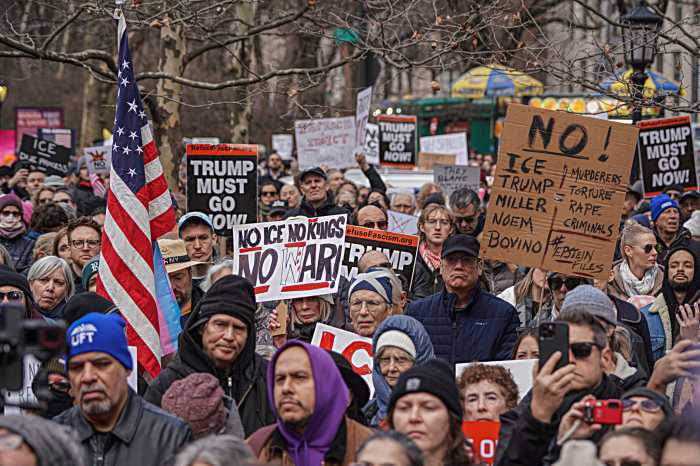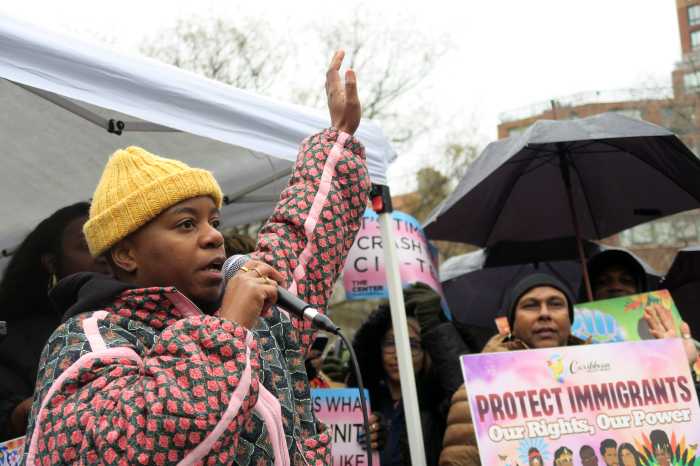
Artfully Arranged: Floral Works from the Collection
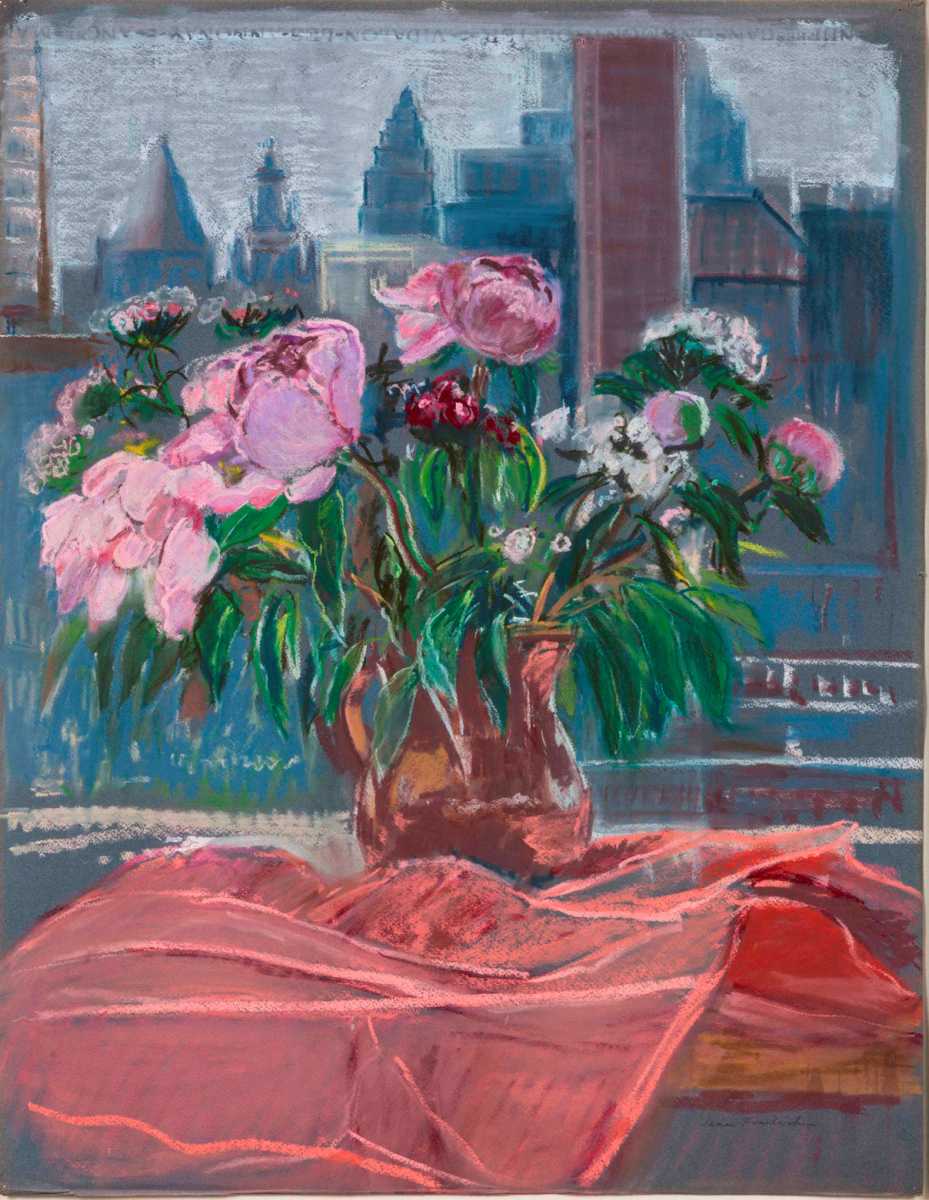
Derfner Judaica Museum + The Art Collection at Hebrew Home at Riverdale is pleased to announce our upcoming exhibition, Artfully Arranged: Floral Works from the Collection, which will be on view from September 8, 2024 through February 2, 2025. A curator’s talk and tour will take place on Sunday, September 15, at 1:30 p.m. R.S.V.P. 718.581.1596 or art@riverspring.org. Admission to the Museum is always free. Photo I.D. required for entry.
Drawn from the permanent collection, this thematic exhibition features twenty-four prints, paintings, drawings, and mixed media works spanning the mid-twentieth century to the aughts by twenty artists who use flowers and floral forms to explore the intersection of the natural and urban worlds; formalism; decorative design motifs; symbolism, and mortality. The exhibition delves into how and why artists utilize this classic subject as a vehicle to explore the human condition.
Reflecting on tension between the natural and manmade worlds, some of the artists depict flowers juxtaposed with urban backdrops. Herman Rose’s (b. Brooklyn, New York, 1909–d. New York, New York, 2007) painting Daffodils and Arrowhead Vines (1954) depicts flowers growing across concrete walls and Charles Street (1960) uses stems to traverse views of city streets. Similarly, Sweet William and Peonies (1979) by Jane Freilicher (b. Brooklyn, New York, 1924–d. New York, New York, 2014), an artist best known for her floral still lifes, presents a vase of delicately rendered pink flowers with the New York City skyline in the distance. Rifka Angel’s (b. Kalvarija, Russian Empire, now Lithuania, 1899–d. New York, New York, 1988) watercolor of a pot of blooming geraniums sitting in a window with a brick wall behind it subtly touches on the contrast between intimate interiors and the external world of human industry. Alix Aymé (b. Marseille, France, 1894–d. Montlignon, France, 1989), who studied lacquer painting in Vietnam and China, depicts large, blooming cut pink flowers in a container with an idyllic landscape of rolling fields rendered in gold and green behind it. Aymé’s work depicts the countryside she observed in her travels. Although the work centers two images from the natural world, there is tension between the cut flowers removed from nature and the grandiose hills dotted with farm workers.
Exploring more formal elements, Julia Jacquette’s (b. New York, New York, 1964) seven-by-seven inch etchings in Four Pieces of White (2003) investigate the color using petal textures and tones. Joan Mitchell’s (b. Chicago, Illinois, 1925–d. Vétheuil, France, 1992) Flower I (1981) from the series Bedford presents an abstract expressionist interpretation in bright colors and frenetic mark-making. A 1982 expressionistic work by Frances Manacher (b. Brooklyn, New York, 1914–d. Peekskill, New York, 2013) renders a vase of flowers in a riot of oranges, reds, and purples, layered on thickly to create a textural surface and explore the possibilities of color. Also working in an expressionistic style focusing more on formal experimentation and less on realism is Ben Benn’s (b. Kamenets-Podolsk, Russian Empire, now Ukraine, 1884–d. Bethel, Connecticut, 1983) still life of pink flowers and fruit from 1965 rendered in saturated colors; similarly, a small oil by Moise Rosenthalis (b. Marijampole, Lithuanian SSR, now Lithuania, 1922–d. Tel Aviv, Israel, 2008) borders on abstraction with skewed perspective and vivid colors.
Donna Sharrett’s (b. Philadelphia, Pennsylvania, 1958) two monotype prints on handmade, textured paper and Jane Hammond’s (b. Bridgeport, Connecticut, 1950) collage using found images to create delicate botanical-illustration style relief prints represent different ways that artists utilize floral forms in mixed media works.
Elia Braca (b. Los Angeles, California, 1916–d. New York, New York, 2015), Andy Warhol (b. Pittsburgh, Pennsylvania, 1928–d. New York, New York, 1987), and Romanian master Dimitrie Berea (b. Bacau, Romania, 1908–d. Paris, France, 1975) use flowers in more decorative works. Braca, a performing and visual artist of Turkish and Egyptian descent active in Greenwich Village in the 1960s, is represented by a small, loosely rendered still life. Influenced by commercial design, Warhol’s simplified linear gold and black floral still life is part of a series of prints inspired by wallpaper patterns. Berea’s more traditional, realist still life painting of a vase of flowers atop a chessboard inspires curiosity. It also represents the earliest work in the exhibition, executed in 1949.
Engaging more explicitly with symbolism, an intricate engraving by Juliana Séraphim (b. Jaffa, Mandatory Palestine, 1934–d. Beirut, Lebanon, 2005), entitled Snow Country, Yasunari Kawabata, from her series Nobel Prize Laureates in Literature (1971), pays tribute to Kawabata’s Nobel Prize-winning novella of the same name, which ruminates on transience and beauty, symbolized here by semi-abstract floral forms.
Other works verge on the surreal, where flowers are juxtaposed with elements from traditional painting genres resulting in fantastical scenes and images. For example, New York artist Max Coyer’s (b. Hartford, Connecticut, 1954–d. New York, New York, 1988) large-scale painting Nurse (1988) depicts an apocalyptic spirit in the form of a horse—also a nod to classical art historical references—charging into the mundane setting of a domestic flower still-life. Coyer’s life and burgeoning career were tragically cut short by AIDS the same year he completed this painting.
Reflections on mortality appear in the work of printmakers Tomoe Yokoi (b. Nagoya, Japan, 1942) and José Guyer Salles (b. São Paulo, Brazil, 1942), both of whom utilize compositional elements from sixteenth-century Dutch still life painting. The genre presents specimens from the natural world in varying states of decay against dark backgrounds as reminders of the transience of life. Salles’s work depicts blooming flowers in front of a serene, blue backdrop; in contrast, Yokoi’s mezzotint presents wilted sunflowers at the end of their lifecycle. John Walker’s (b. Birmingham, England, 1939) etching, Diagonal Hollyhocks (2003), depicts a pink hollyhock stem hovering over a dark background. This type of flower is symbolically associated with regeneration and rebirth.
Reflections on life and death also feature prominently in the work of Ed Baynard (b. Washington, DC, 1940–d. New York, New York, 2016) in the form of flat, colorful flowers set against stark, white backgrounds. A subject that dominated the artist’s work for his entire career, Baynard described his attraction to flowers, stating: “They bloom and they are gone. People, we bloom and we are gone. We are here for just a moment, and flowers do that so well.”
Museum Hours
Museum hours: Sunday–Thursday, 10:30 a.m.–4:30 p.m. Photo ID is required for all visitors to the Hebrew Home campus. Call 718.581.1596 or email art@riverspring.org to schedule in-person or virtual group tours or for holiday hours. For further information, visit our website at www.derfner.org.
About Hebrew Home at Riverdale
As a member of the American Alliance of Museums, the Hebrew Home at Riverdale by RiverSpring Living is committed to publicly exhibiting its art collection throughout its 32-acre campus, including the Derfner Judaica Museum and a sculpture garden overlooking the Hudson River and Palisades. Derfner Judaica Museum + The Art Collection provides educational and cultural programming for residents of the Hebrew Home, their families, and the general public from throughout New York City, its surrounding suburbs, and visitors from elsewhere. RiverSpring Living is a nonprofit, non-sectarian geriatric organization serving more than 18,000 older adults in greater New York through its resources and community service programs.
This exhibition is supported, in part, by public funds from the New York City Department of Cultural Affairs in partnership with the City Council.





